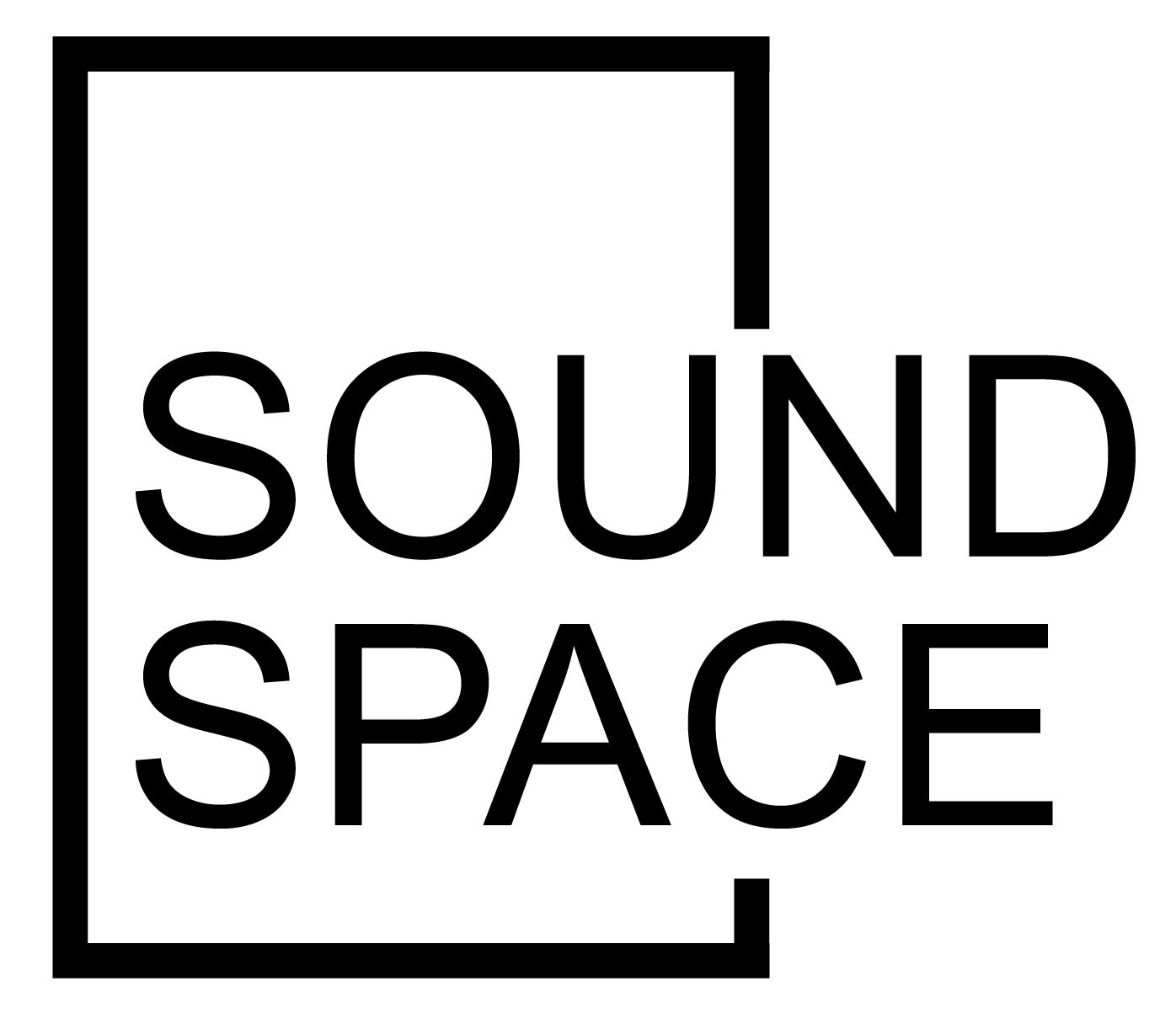Sound Space Musical Terms and Definitions Glossary
Welcome to our musical glossary page - a clear and simple guide to all those terms that your teacher might have said, that made you scratch your head.
A
A cappella: Vocal music performed without instrumental accompaniment.
Accent: Emphasis placed on a note or chord.
Accidental: A symbol that alters the pitch of a note (♯, ♭, ♮).
B
Ballad: A slow, sentimental song often telling a story.
Bass: The lowest part in musical harmony.
Bar: A segment of time in music defined by a given number of beats.
C
Cadence: A sequence of chords that brings a phrase to an end.
Chord: A group of notes played simultaneously.
Clef: A symbol indicating the pitch of written notes.
D
Diatonic: Notes that belong to a specific key or scale.
Dynamics: The volume of sound in music.
E
Enharmonic: Two notes that sound the same but are written differently.
Etude: A study piece designed to develop a particular technique.
F
Fermata: A pause or hold in the music.
Forte: A dynamic marking meaning to play loudly.
G
Glissando: A continuous slide between two notes.
Groove: The feel or swing of a rhythm.
H
Harmony: The combination of simultaneous musical notes.
Half Step: The smallest interval in Western music.
I
Interval: The distance between two notes.
Intonation: Accuracy of pitch in playing or singing.
J
Jam: An informal performance, often improvisational.
Jazz: A genre characterized by swing and improvisation.
K
Key: The group of pitches that form the basis of a music piece.
Key Signature: Sharps or flats placed at the beginning of a piece.
L
Legato: Smooth and connected notes.
Ledger Line: Lines added to extend the staff for higher or lower notes.
M
Melody: A sequence of musical notes forming a recognizable unit.
Modulation: Changing from one key to another.
N
Notation: A system for visually representing music.
Natural: A symbol cancelling a previous sharp or flat.
O
Octave: An interval spanning eight notes.
Orchestra: A large group of instrumental musicians.
P
Pitch: The perceived frequency of a note.
Piano: A dynamic marking indicating to play softly.
Q
Quartet: A group of four musicians.
Quarter Note: A note typically receiving one beat in 4/4 time.
R
Rhythm: A pattern of sounds and silences.
Rest: A symbol indicating silence in music.
S
Scale: A series of notes ordered by pitch.
Staccato: Short, detached notes.
T
Tempo: The speed of a piece of music.
Triad: A three-note chord consisting of root, third, and fifth.
U
Upbeat: A weak beat preceding a strong beat.
Unison: Two or more parts sounding the same pitch.
V
Verse: A section of a song with lyrics.
Vibrato: A slight, rapid variation in pitch.
W
Whole Note: A note held for four beats in common time.
Waltz: A dance in triple meter.
X
Xylophone: A percussion instrument with wooden bars.
Y
Yodel: A vocal technique using rapid pitch shifts.
Z
Zither: A stringed instrument played by plucking.
Want to learn how to use these in real life?
Book your free trial lesson at Sound Space
